The 6 most underrated ports of my Japan to Korea cruise
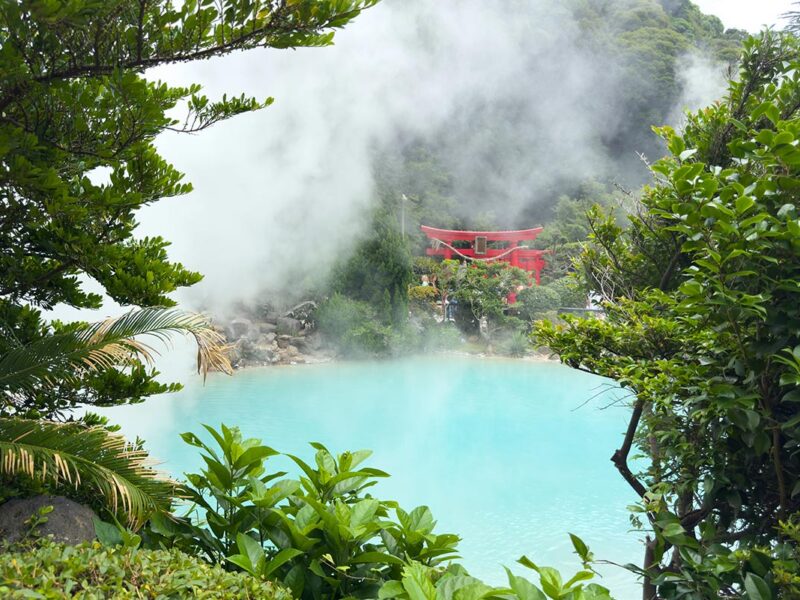
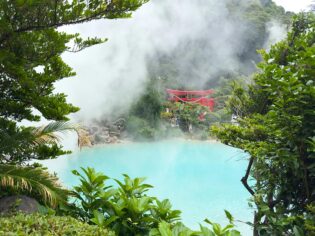
Discover the quiet ports that give heart to a journey through Japan to South Korea.
When I embarked on a Norwegian Cruise Line sailing from Japan to South Korea, I had visions of the big-ticket destinations: neon-soaked Tokyo, the cultural pull of Kyoto, the energy of Seoul. What I didn’t expect was to fall for the quieter, lesser-hyped ports – the ones that don’t dominate brochures or social feeds but end up giving a trip its texture.
Over almost two weeks at sea, I discovered that sometimes the places you’ve barely heard of, or assume are just stops, deliver the most surprising experiences. Here are the six underrated ports that won me over.
1. Nagoya
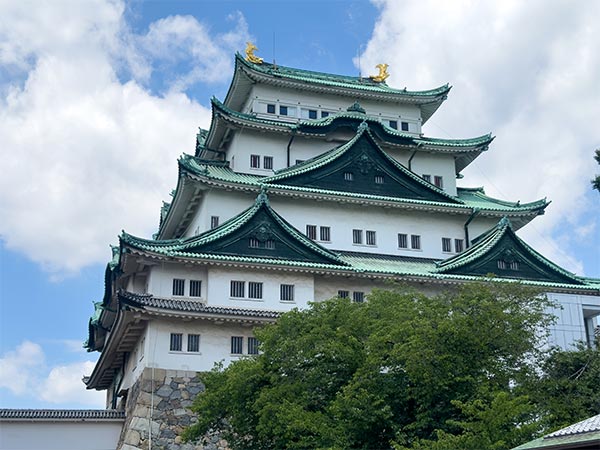
The shachihoko is a prominent presence in Japan’s iconic landmarks. (Image: Emily Murphy)
Before I visited Nagoya, I thought of it as more of an industrial city, better known for its car factories than its cultural highlights. But the moment I arrived, it completely flipped my expectations.
Nagoya Castle is the city’s pride, and for good reason. Even though the main keep is closed, the sprawling grounds and reconstructed palace offered a glimpse into Japan’s feudal history. What really caught my eye were the golden shachihoko ornaments perched on the rooftops – tiger-fish creatures that looked like something out of mythology, said to protect against fire. They glistened against the sky and became one of my favourite details of the trip.
Foodies will find plenty to love here, too. Nagoya has its own culinary identity, from miso katsu (a richer, darker take on pork cutlet) to hitsumabushi (grilled eel served three different ways). Tucking into a steaming bowl while locals chattered around me gave me a sense of Nagoya as a city quietly confident in its own skin, no hype required.
2. Kōbe
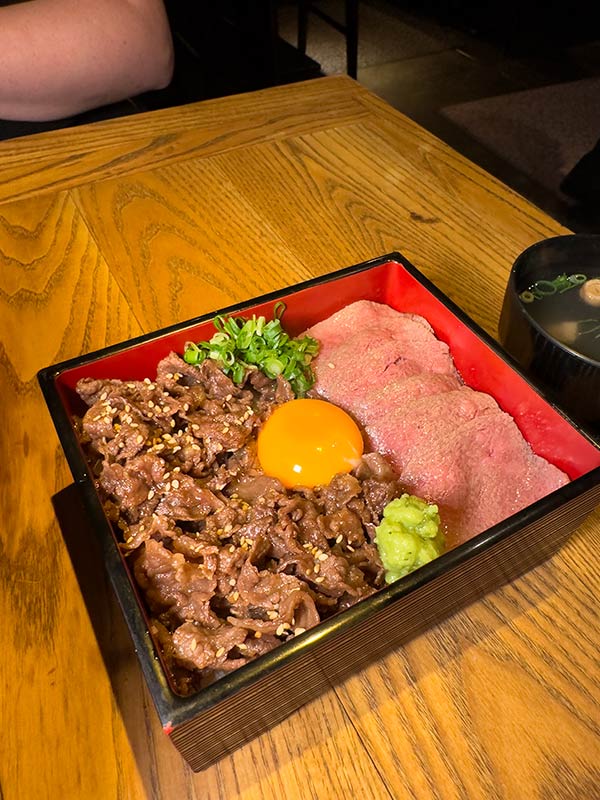
Kōbe beef is world-renowned for a good reason. (Image: Emily Murphy)
If you’ve ever heard of Kōbe, it’s probably because of its world-famous beef. Yes, the beef lives up to the legend – buttery, marbled, melt-in-your-mouth – and yes, eating it in a narrow alleyway restaurant felt like a rite of passage. But Kōbe gave me more than just a good meal.
The city’s portside memorial to the 1995 Great Hanshin Earthquake was incredibly moving. Preserved slabs of the damaged waterfront sit alongside stories of the lives lost and rebuilt, reminding you that Kōbe’s glossy skyline is built on resilience.
Add to that a scenic waterfront framed by mountains, and Kōbe reveals itself as a city of contrasts – indulgent yet humble, modern yet deeply rooted in its past. For me, it was the port that reminded me travel isn’t just about consumption, but connection.
3. Beppu
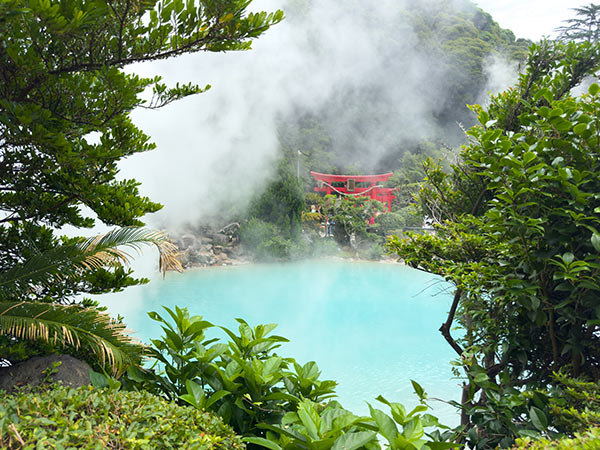
The Hells of Beppu were once feared for their boiling waters. (Image: Emily Murphy)
Beppu is Japan’s onsen capital, and you know it the moment you arrive: steam rises from vents in the ground, slipping between buildings like a city perpetually exhaling. It’s both surreal and slightly eerie, and I loved it.
The famous “Hells of Beppu” showcase the area’s geothermal oddities, from blood-red hot pools to bubbling mud pits. They’re not for bathing – more like natural art installations created by the Earth itself. But what gave Beppu character for me was Takasakiyama Monkey Park, opened in 1952 as a safe place for the growing local monkey population to call home. Hiking up the hill to see wild macaques lounging and grooming each other was equal parts hilarious and fascinating.
Beppu is quirky, chaotic and unapologetically itself. It’s the kind of place that doesn’t need polish, because its rawness is the attraction.
4. Jeju
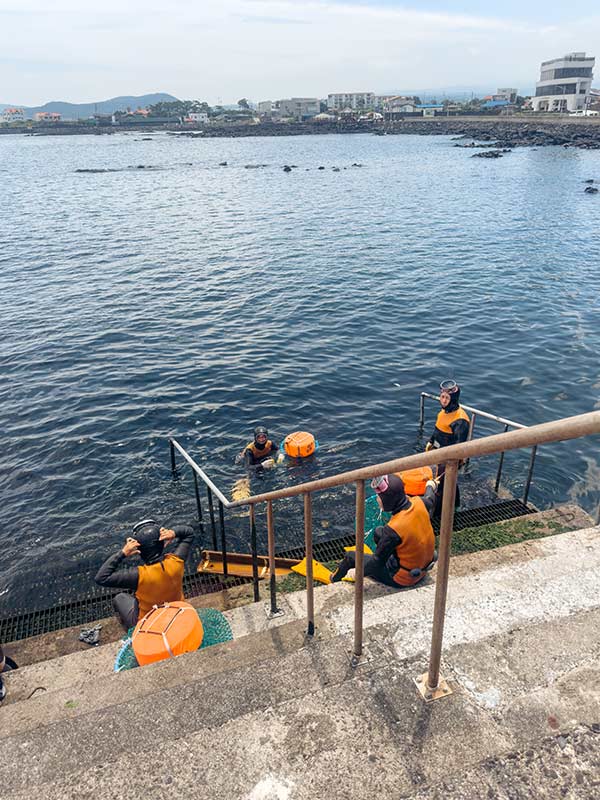
The female divers are admirable for their commitment to environmental sustainability. (Image: Emily Murphy)
Jeju Island in South Korea has a reputation as a honeymoon hotspot, and I half expected it to feel overly touristy. Instead, I found an island layered with stories and traditions that felt deeply grounded.
The Spirited Garden, with its bonsai trees and lotus ponds, was peaceful and meditative – a total contrast to the bustle of our cruise ship. But the most unforgettable experience was learning about the haenyeo, Jeju’s legendary women divers. These incredible women free dive without oxygen tanks, harvesting seafood from the ocean floor, a practice passed down through generations. Their resilience and strength left me in awe and reminded me that travel is as much about people as it is about landscapes.
Of course, Jeju’s volcanic origins give it plenty of natural drama too – rugged coastlines, lava tubes, waterfalls. It felt like a place where myth and reality blur.
5. Kōchi
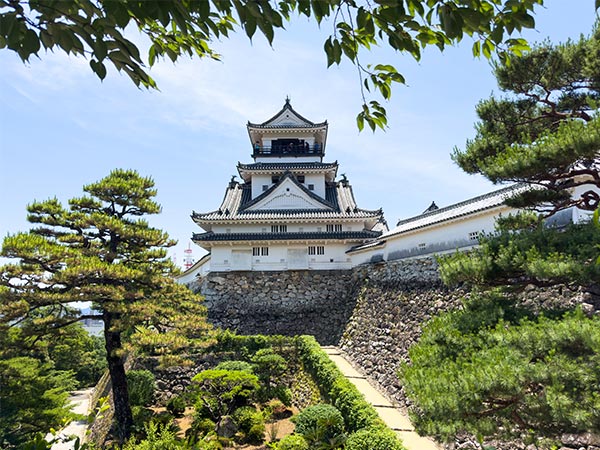
Kochi Castle is one of the oldest castles in Japan. (Image: Emily Murphy)
Kōchi turned out to be one of the most charming stops on the itinerary. Unlike larger cities, it felt immediately approachable and easy to navigate. Kōchi Castle is one of only a dozen original castles in Japan that survived the feudal era intact, and climbing its wooden stairs to the lookout made me feel like I’d stepped back in time.
But as much as I loved the history, my standout memory is culinary. Near Hirome Market – a bustling food hall where locals gather for beer and bites – I found a small ramen shop. There, I slurped a bowl of tsukemen, dipping thick noodles into a rich broth, and it was hands-down one of the best meals of the trip.
Kōchi may not appear on many “must-visit” lists, but that’s exactly why it works its charm. It’s intimate, authentic, and gives you the sense you’ve stumbled onto something special.
6. Shimizu
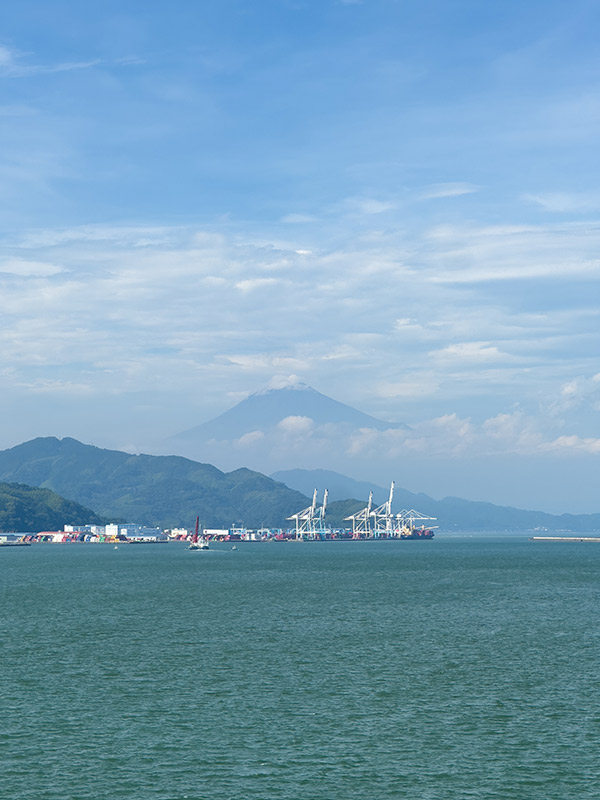
Mt. Fuji is an elusive yet worthy sight. (Image: Emily Murphy)
Shimizu is the gateway to Japan’s most iconic peak: Mt Fuji. But here’s the thing about Fuji – she’s famously elusive, often cloaked in clouds.
For most of my excursion, Fuji was nowhere to be seen. We toured scenic beaches and shrines, but I couldn’t shake the sense of waiting for a celebrity who might never show. Then, as we drove back toward port, the clouds finally parted. There she was – perfectly symmetrical, glowing in the afternoon light. The bus collectively gasped, and everyone rushed to the windows.
That fleeting glimpse was worth the wait. In fact, the anticipation made it even more powerful. Shimizu taught me that sometimes travel rewards patience, and that the best views aren’t always guaranteed, but when they come, they’ll stay etched in your memory.
The verdict
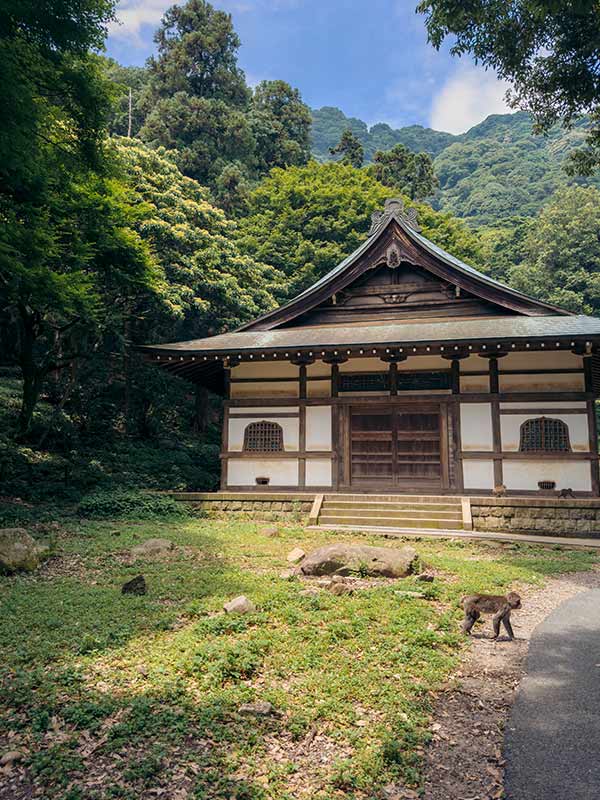
The Takasakiyama Monkey Park is home to more than 1000 wild Japanese monkeys. (Image: Emily Murphy)
Looking back, these six ports didn’t just fill in the gaps between marquee destinations – they gave the cruise its soul. Each stop had its own rhythm: Nagoya with its golden castle ornaments, Kōbe with its blend of flavour and resilience, Beppu steaming like a sci-fi set, Jeju mixing myth with reality, Kōchi serving tsukemen comfort and Shimizu testing my patience before rewarding me with Fuji herself.
It made me realise something important: cruising isn’t just about ticking off the obvious highlights. It’s about leaning into the unexpected, embracing the underrated, and letting smaller moments add up to something unforgettable.
So next time you scan an itinerary and wonder whether those “filler” ports are worth it, take my advice: they might end up being the places you talk about the most.
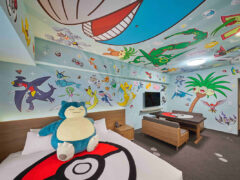
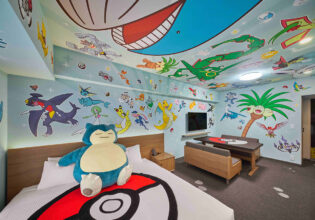

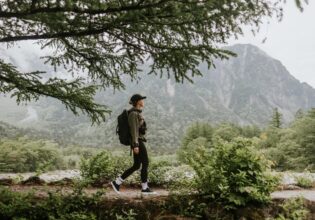
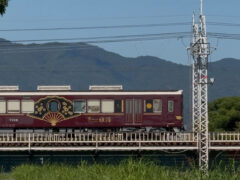
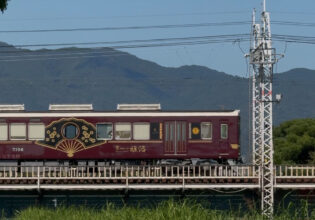
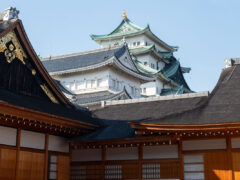
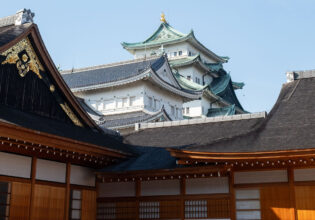
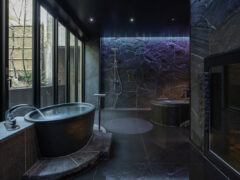
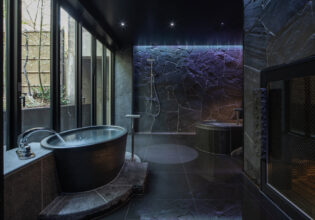
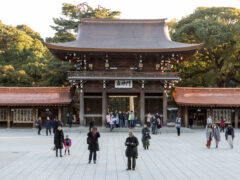
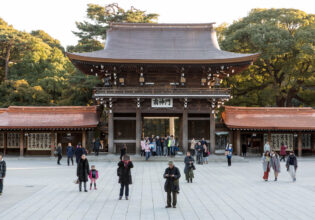


LEAVE YOUR COMMENT